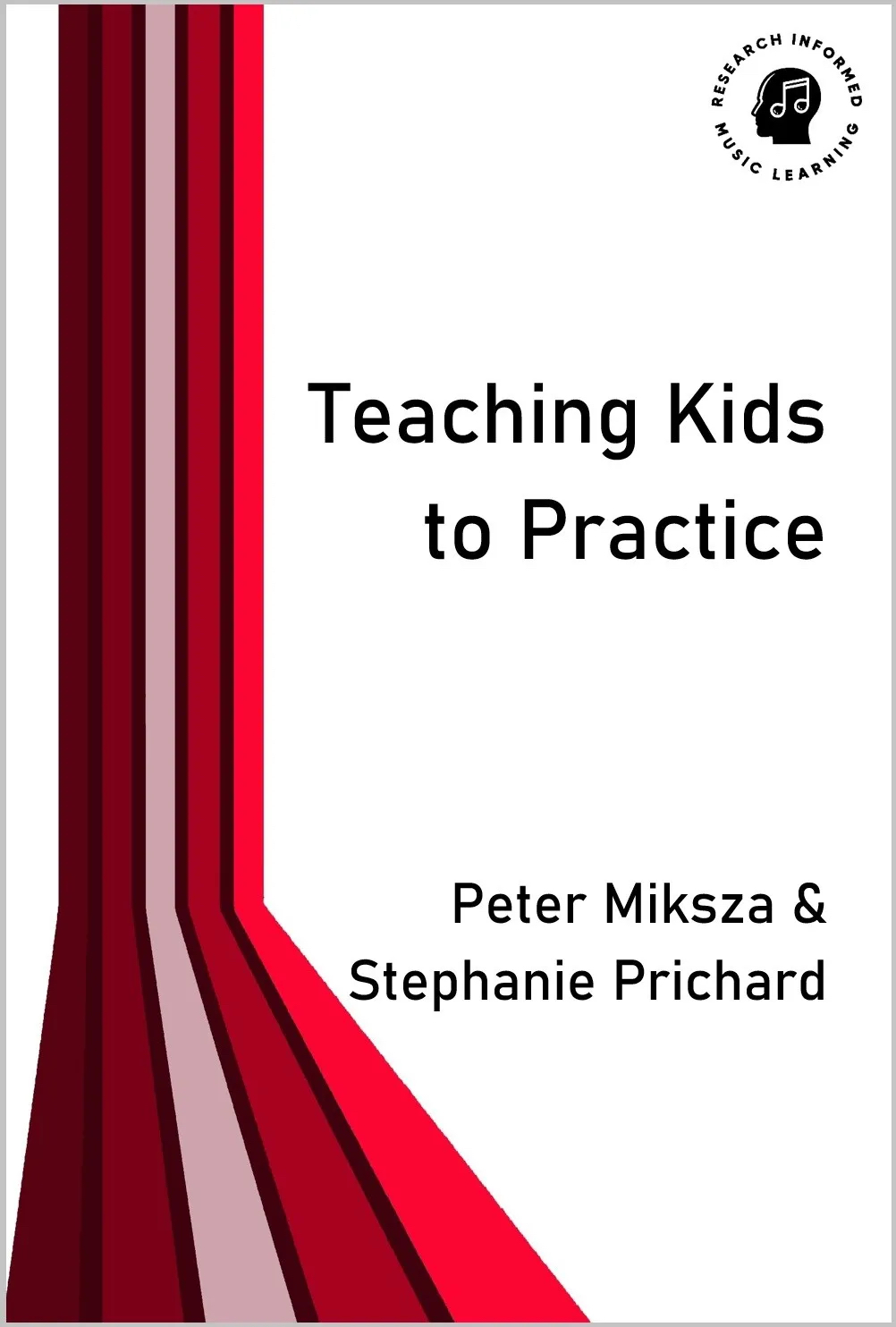Teaching kids how to practice can be an elusive process. Musicians and music teachers have each encountered their share of challenges and successes along the road towards developing an understanding of effective practice approaches and methods for motivating students to use them. However, with careful planning and pedagogical insights garnered from the research literature, we propose that the process of teaching and learning to practice can be efficient, enjoyable, and rewarding.
This book is for instrumental music teachers who are interested in methods for teaching their students how to practice. The materials are designed to be particularly relevant for teachers who work with novice, intermediate, and advanced learners in school settings (e.g., band or orchestra students in, roughly, grades 4 through 12), however, we believe those who work in other settings (e.g., private lessons, piano or guitar instruction, practice supervised by knowledgeable parents) will find the ideas to be valuable for their teaching as well. The book includes three chapters. In the first chapter, we (a) describe how self-regulated learning theory could be used as a conceptual framework for describing key elements of effective practicing, (b) explain how learning by observing a model occurs, and (c) summarize selected examples of recent research on music practice. In the second chapter, we provide an overview of general pedagogical strategies for (a) teaching students how to practice and (b) helping students generate and sustain the motivation to want to practice. Last, in the third chapter, we present a collection of concrete practical examples for incorporating practice instruction in rehearsal-based learning contexts that are suitable for novice, intermediate, and advanced learners.


